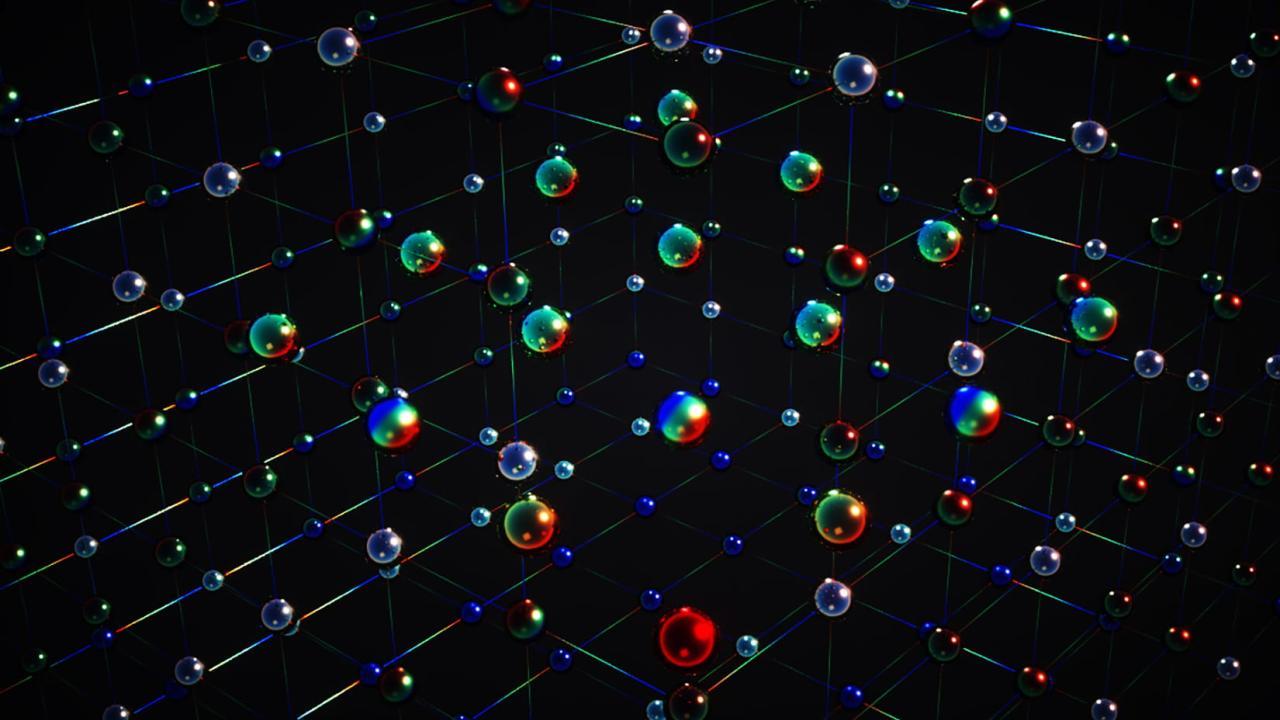
Ultracold Atoms Enable Quantum Discoveries
Japanese and U.S. physicists have used atoms about 3 billion times colder than interstellar space to open a portal to an unexplored realm of quantum magnetism.
“Unless an alien civilization is doing experiments like these right now, anytime this experiment is running at Kyoto University it is making the coldest fermions in the universe,” said Kaden Hazzard, associate professor of physics and astronomy at Rice University and corresponding theory author of a study published Sept. 1 in Nature Physics. “Fermions are not rare particles. They include things like electrons and are one of two types of particles that all matter is made of.”
A Kyoto team led by study author Yoshiro Takahashi used lasers to cool its fermions, atoms of ytterbium, within about one-billionth of a degree of absolute zero, the unattainable temperature where all motion stops. That’s about 3 billion times colder than interstellar space, which is still warmed by the afterglow from the Big Bang.
At such low temperatures, quantum behavior starts to emerge in larger and larger collections of matter, beyond individual electrons and photons.
Cooling matter to these unprecedented low temperatures allows experimental observations, initially benchmarked against calculations, to be extended to regimes that can't be modeled on a computer, said Richard Scalettar, a Distinguished Professor in the Department of Physics and Astronomy at UC Davis and a coauthor on the paper.
What is unique about this new work is that the (cold atom) experimentalists have found a way to build a system of quantum particles ... which are completely symmetric. This leads to beautiful and novel states of quantum matter when the atoms are cooled." — Richard Scalettar
Read the rest of this article at UC Davis' Egghead research blog.
